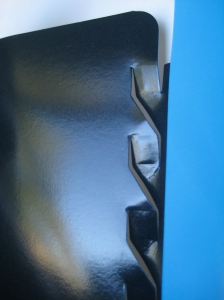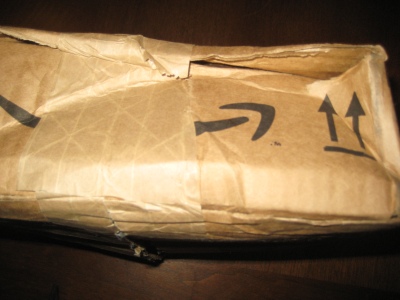
Too often considerable resources are spent on the marketing literature, and yet the decision as to how it will be presented to your target market is made by the mailroom. It is the mailer, and not the literature inside, that is on the front line speaking volumes about the quality of your firm. Here are five great design tips that will enable your mailer to work as hard as your marketing materials:
1. Paperboard mailers are exceptionally print friendly (unlike bubble mailers, boxes, and Tyvek envelopes). So get bold about using that space to your company’s advantage. Put your logo, your branding statement or icon, and even “Follow us on Twitter!”. A generic approach is best if you anticipate that the mailer will have multiple uses.
2. Alternatively, design your mailer specifically to create excitement about what’s inside. For example: “Your samples are here!” or “Valuable conference materials for Expo 2011!” . This ensures your package gets opened first, rather than the recipient discovering it on their own only once they’ve opened it.
3. Put business on the back, branding on the front. In other words, put your mailing label on the back side of the mailer where the flap closes so that you have a full canvas on the front side to let your branding and marketing message shine.
4. Putting your mailer in the mail will put your beautifully printed mailer through its paces, so avoid printing it in a dark color end to end (a.k.a. “full bleed). If the mailer’s corners get bruised in any way, the white fibers in the paperboard will appear and distract the eye from the overall look of the package.
5. QR Codes are all the range on billboards these days, so why not think of your mailer as a giant billboard for your company that just happens to be delivered to your client’s mailbox? Add a QR code to your mailer to tie your offline marketing efforts to your online ones. You could feature a video of your CEO thanking your customer for their business!
–Sari McConnell at smcconnell@conformerinc.com

 Is it legitimate to say that a product is 100% recyclable when, in reality, the majority of municipalities won’t accept that product for collection?
Is it legitimate to say that a product is 100% recyclable when, in reality, the majority of municipalities won’t accept that product for collection?












